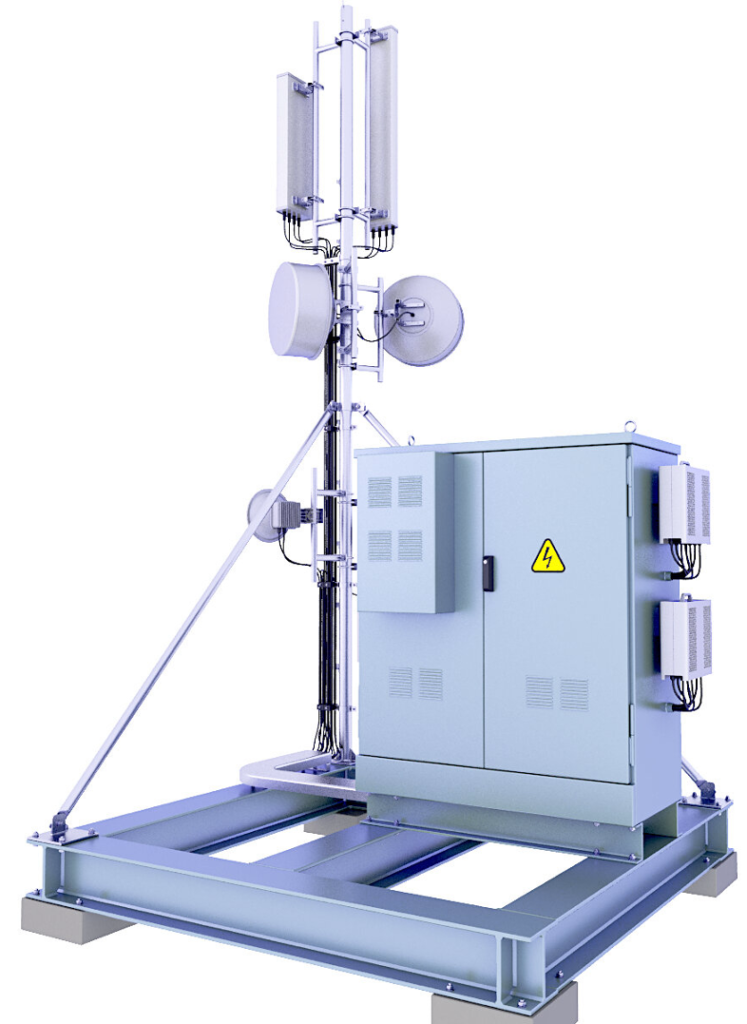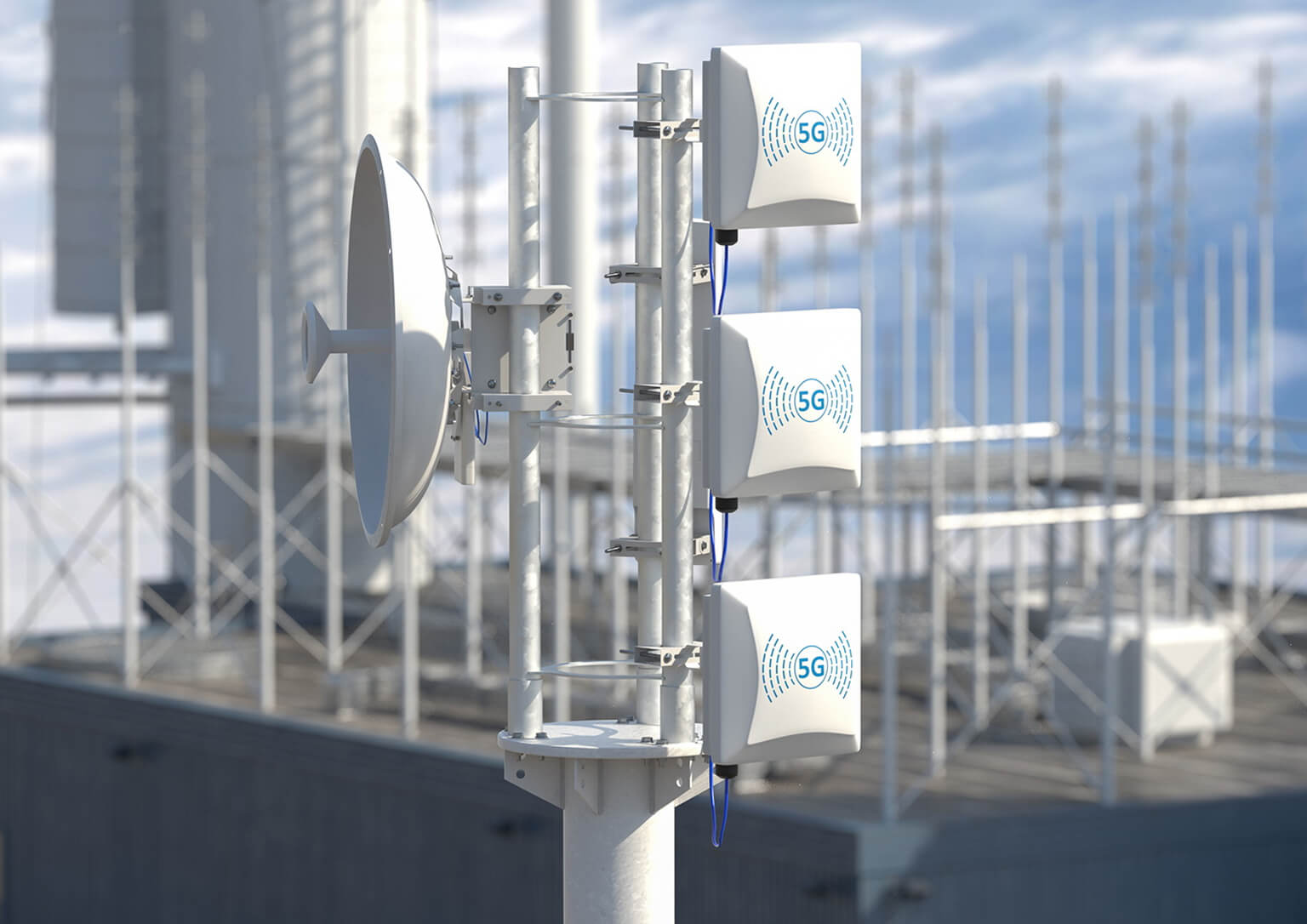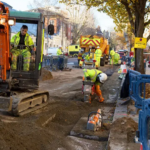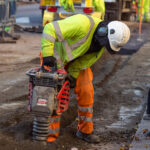You might be a senior telecoms designer who feels under pressure to deliver cost effective mobile telecommunication designs.
Your role isn’t just about ensuring the business profitability margins are maximised, it’s also about ensuring designs are safe and compliant.
As a designer you will need to take account of the general principles of prevention when preparing or modifying your design. The principles provide a framework within which a design is considered for any potential health and safety risks which may affect your project.
This isn’t easy for you because you have multiple demands such as systems, people, client and data management.
It’s easy to see why. You don’t have much time to comply with your Designer Duties under the Construction (Design Management) (CDM) Regulations 2015.
You fear being able to meet the functional requirements of CDM.
What also concerns you is your personal liability and your team’s ability to maintain high standards when it comes to designing for safety.
The Solution
The solution to this is a simple health and safety design guide that you can use to point your team in the right direction.
One of the first steps is to send this article to your design team and discuss this at your next team meeting and ask the following questions:
Does everyone understand the following when preparing or modifying designs?
- Take account of any pre-construction information provided by the client (and principal designer, if one is involved)
- Eliminate foreseeable health and safety risks to anyone affected by the project (if possible)
- Take steps to reduce or control any risks that cannot be eliminated
Talk through these two examples of key considerations when creating designs.

Design considerations
Antennas
- Correct antenna selection and fixing requirements
- No blocking / clipping
- ICNIRP compliance
- Accurate DC dimensioning for 5G antennas
Connections
- Selection of the correct cable type (fibre type, minimal losses etc)
- Suitable cable management
Dishes
- Line of sight
- Correct mounting & labelling
- Power back-up requirements
Remote Radios
- Maintainable positioning
- Power requirements
Cabinets
- Positioning access and maintenance
- Power and cooling
- Fixing / mounting options
Air Conditioning Unit (ACU)
- Correct dimensioning
- Access and maintenance
Passive Infrastructure
- Suitable for loading (by calculation)
- Suited to external environment (roof loading is sufficient for the installation)
- Safe access and ongoing maintenance
Health and Safety Considerations
Antennas
- Lifting and Positioning
- RF Radiation - Public & Occupational
- Signage
Connections
- RF Burns / Leakage
- Fibre Lasers
- Labelling
Dishes
- Microwave Radiation
- Warning Labels
Remote Radios
- Access and Maintenance
- Electric Shock / Fibre Lasers
Cabinets
- Safe Access
- Electrical Safety
- Labelling (site number, outage details)
Air Conditioning Unit (ACU)
- Over heating
- Personnel Comfort (cabins)
Passive Infrastructure
- Major incidents due to poor design / incorrect calculation / incorrect utilization
- Hazards i,e., safety rails, trip and slip, ongoing maintenance
Rooftop / Building
- Failure to confirm suitability of host building / system
- Fragile roof and skylights
- Edge protection
- Emergency evacuation (rooftop alarm sounder)
- Asbestos
- Loneworking
- Ladder Access
Key Design Standards and guidance:
Since posting this blog Alex Molliex (MIED AaPS), an experienced telecoms designer, has kindly given us additional guidance on his top designer resources for roof-tops.
- Design cast-in anchorage solutions to eliminate rust and other hazards (HSE EH44 4th Edition)
- Post cast anchors, proof test and full install in accordance with BS8539.
- Upgrade of access hatch with adequate handrail, self closing gate (BS 4211:2005 + A1 :2008 and access ladder
- Full definition of any handrail system (not just 1.1m) as per BS 4592-0:2006+A1:2012 5.5.2
- Assessment of Temporary Works Designer (TWD) and TWD calcs (including onboarding as per CDM Reg 8 and SKE check)
- The proximity of Network Rail asset
We’ve also had input from Karl Tindale (CMIOSH AIEMA CMaPS BSc (Hons) MCIOB):
If you’re looking for guidance on how to comply with workplace and CDM regulations, the CIRIA guidance is the designer’s bible of the telecoms industry. It’s an essential resource that covers all aspects of designing work at height, and it’s written by experts in the field.
In addition, it’s worth noting that the British Standard for designing work at height is the one that the HSE will refer to if you haven’t designed anything correctly. So, it’s essential to ensure that your designs comply with this standard to avoid any potential issues down the line.





